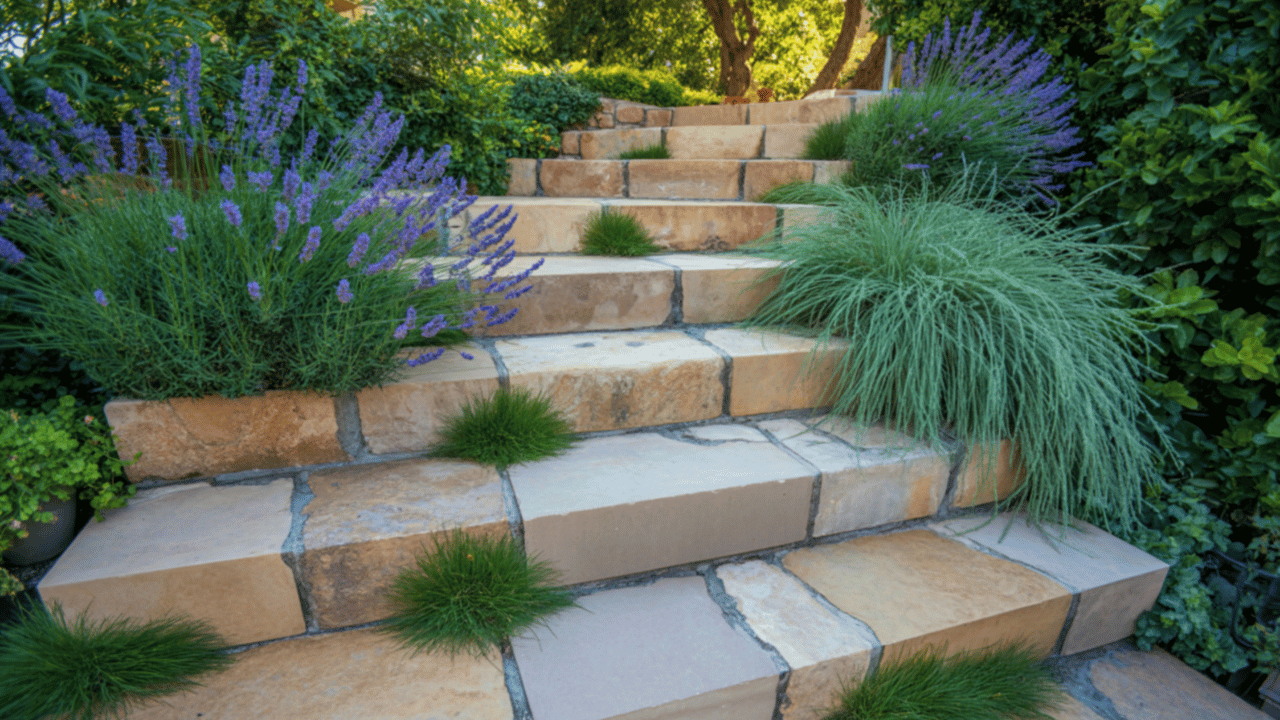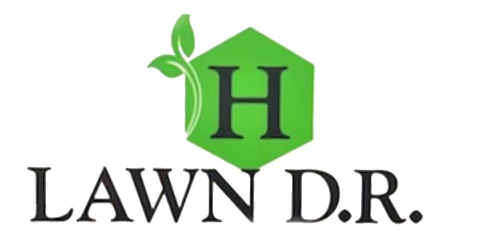Transform Your Outdoors Into a Masterpiece with our Hardscape and Softscape Services in San Antonio Texas
You don’t have to settle for a plain yard. With the perfect balance of hardscape structures and lush softscape design, you can create a unique outdoor space that adds value, functionality, and beauty to your property. Contact us today and let’s turn your vision into reality.
Hardscape vs. Softscape: The Key Differences Shaping Modern Landscaping
When Laura Thompson decided to renovate her backyard, she invested thousands in a beautiful stone patio and sleek retaining walls. But when the project was finished, her out-door space felt cold, uninviting, and nothing like the cozy retreat she had imagined. The problem wasn’t the construction itself—it was Laura’s lack of knowledge about the balance between hardscape and softscape in outdoor design. Like many homeowners, she thought landscaping was simply about choosing stylish materials, without realizing that living ele-ments such as plants, trees, and flowers play just as important a role as stone, wood, or con-crete.
Laura’s experience is a reminder that without understanding this essential balance, even the best-intentioned projects can turn into expensive disappointments. Knowing how hardscape and softscape work together is the key not only to creating beautiful, functional spaces but also to avoiding costly mistakes that could have been prevented with the right planning.
In the following article, you’ll discover exactly what hardscape and softscape are, how they differ, and the design principles that will help you achieve a harmonious and lasting out-door space. Read until the end to make sure your next landscaping project is a success, not a regret.
Hardscape vs. Softscape – Understanding the Balance That Shapes Outdoor Design

When you picture a stunning backyard, a welcoming front yard, or even a thoughtfully designed outdoor commercial space, you’re really seeing a combination of two essential elements: hardscape and softscape. These are the foundations of landscaping, and knowing the difference between them—and how to balance them—is what transforms a basic yard into an inviting, functional, and beautiful environment. In this article, we’ll go step by step through what hardscaping and softscaping mean, how they differ, and the design principles to guide you if you’re planning your own outdoor project.
What is Hardscaping and Softscaping?
Let’s start by breaking it down simply.
Hardscaping refers to all the non-living, structural elements in your landscape design. Think of patios, stone walkways, retaining walls, decks, driveways, and even features like fountains or fire pits. They provide durability, function, and shape to your outdoor space.
On the other hand, softscaping is everything that grows or changes naturally with the seasons. This includes grass, shrubs, flowers, trees, soil, and mulch. Softscape brings life, color, and movement to the setting—it’s what makes spaces feel welcoming rather than rigid.
A good way to remember the distinction: hardscape is static, softscape is dynamic. Hard elements don’t move or need much maintenance beyond cleaning, while softscape evolves over time and requires ongoing care.
For Example:
Last summer, I helped my friend’s neighbor, Gloria, redesign her backyard. She had just installed a large stone patio (hardscape), but it felt empty and sterile. We added layered flower beds with perennials and ornamental grasses (softscape). The combination instantly warmed the space, making it feel like an outdoor living room instead of just a slab of stone.
That small change illustrates a simple principle: hardscaping sets the stage; softscaping brings the performance to life.
The Key Differences and Design Principles
Now that we’ve defined hardscape and softscape, let’s explore their differences in Depth, and more importantly, the design rules you should know before incorporating them into your outdoor space.
1. Purpose and Functionality
Each plays a distinct role.
- Hardscape: Provides usability and structure. Without it, you’d have no foundation for patios, seating areas, or safe pathways.
- Softscape: Brings balance and comfort by blending nature into what would otherwise feel like a rigid environment.
For instance, a concrete driveway is hardscape; adding hedges or decorative plants along the edges transforms it into a welcoming entry (thanks to softscape).
2. Maintenance Needs
Here’s where many people underestimate the differences.
- Hardscape: Once it’s installed, it stays in place. Sure, you might need to pressure-wash a patio or repair a retaining wall over time, but maintenance is usually occasional.
- Softscape: Plants grow, lawns need mowing, flowers must be watered, and trees drop leaves. These are living elements in constant change—requiring ongoing, seasonal attention.
A common mistake is underestimating softscape commitment. I remember helping a colleague, Andres, who chose fast-growing shrubs for privacy. Within three years, they overwhelmed his small yard. Proper planning from the start would have saved him hours of trimming each season.
3. Flexibility vs. Permanence
Hardscaping is permanent and costly to replace, while softscaping is flexible and easier to change.
- Want a new flower bed? You can replant within a weekend.
- Want to expand a patio? That requires demolition, permits, and significantly more expense.
This is why many landscape designers recommend deciding on hardscape features first—then softscape is used to soften, frame, and accentuate them.
4. Design Principles for Balance
Landscaping works best when hardscape and softscape complement one another. Here are key design principles to follow:
- Proportion: Large hardscape elements (like a wide deck) need equally bold softscape choices (like tall ornamental trees) to stay visually balanced.
- Harmony: Materials should complement natural surroundings. A rustic stone pathway pairs beautifully with native plants, while sleek, modern concrete may fit better with minimalist shrubs.
- Flow: Walkways and paths should naturally guide movement, while plants line or soften the route.
- Sustainability: Consider water use and climate-appropriate plants. According to the Environmental Protection Agency (EPA), nearly 30% of residential water use in the U.S. goes to outdoor irrigation. Choosing drought-resistant softscape varieties saves both water and long-term maintenance costs (EPA, 2023).
Practical Tips to Apply Right Away
- Start with function. Decide: Do you need a patio, walkway, or retaining wall? That sets your hardscape priorities.
- Complement with plants that highlight—not compete with—those structures.
- Think about lifecycle costs. Hardscaping can be expensive upfront, while softscaping costs accumulate gradually with care and replacement.
- Avoid overloading one side. Too much hardscape, and your yard feels cold. Too much softscape, and it may feel overgrown or unstructured.
FAQs about Hardscape vs. Softscape
What is the main difference between hardscape and softscape?
Hardscape includes the permanent, non-living features such as patios, stone walls, or walkways, while softscape focuses on the organic, living elements like plants, flowers, and grass. The key difference is that hardscape is static and structural, while softscape is dynamic and requires ongoing care.
How do you balance hardscape and softscape in a yard design?
The best approach is to start with functional hardscape elements, such as patios or paths, and then use softscape elements to soften and complement them. Balance comes from proportion (large hardscape with bold plants), harmony (matching materials with greenery), and sustainability (choosing plants that thrive in your climate with minimal maintenance).
Final Thought: When we talk about landscaping, it’s never about hardscape or softscape—it’s always about the two together. Hardscape gives you structure, while softscape gives you life. When you balance them thoughtfully, you don’t just design a yard. You create an extension of your home, one that evolves with you and the seasons.
Choosing between hardscape and softscape is not about favoring one over the other, but about achieving balance. Hardscape delivers structure and durability, while softscape brings life, color, and ecological benefits. Together, they create a functional yet visually compelling environment that elevates property value and enhances quality of life. By understanding the roles of each element, decision-makers can design outdoor spaces that are not only attractive but also practical and sustainable over the long term.
Invest in Lasting Beauty & Functionality
A well-designed landscape isn’t just decoration—it’s an investment. From durable walkways and retaining walls to softscaping that enhances curb appeal, we design outdoor spaces built to last. Book your consultation today and elevate your property’s value instantly.
